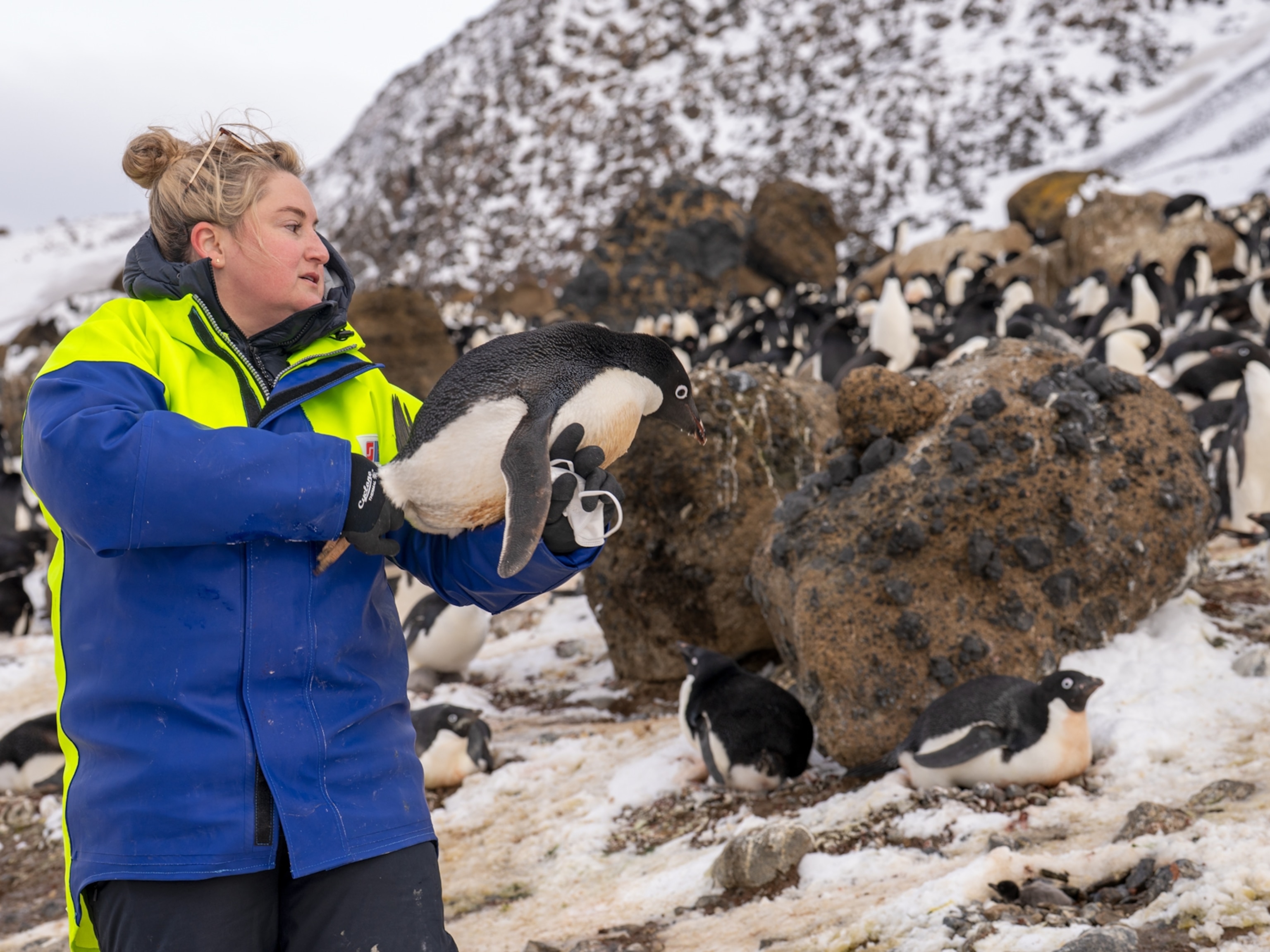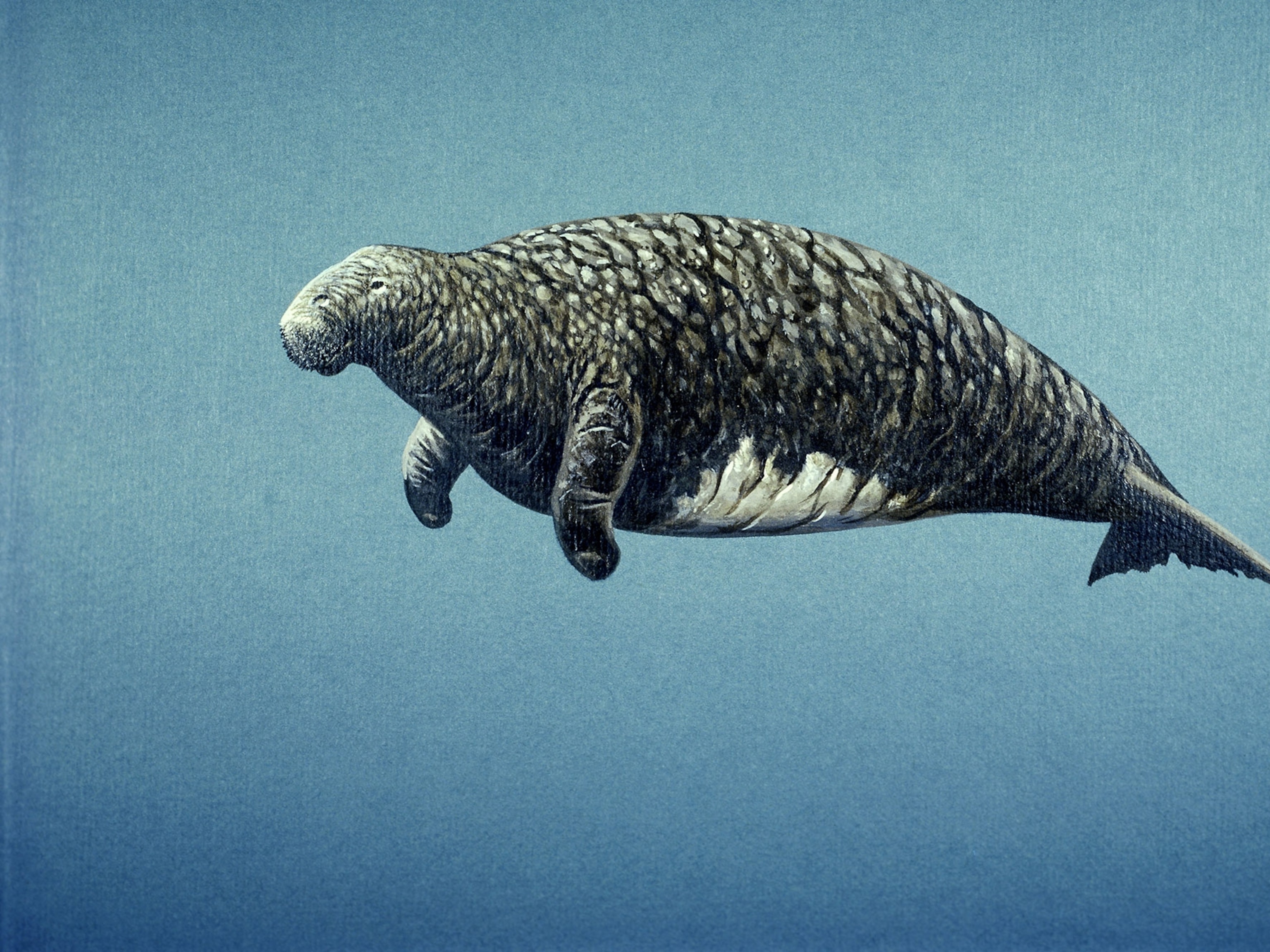Beloved Storks, Emblems of Fertility, Rebounding in France
Dedicated efforts from conservationists and townspeople in France have saved white storks from going extinct in the country.
The same rule applies walking through the streets of Alsace, France, as it does in the Sistine Chapel: Don't forget to look up.
Nowadays, white storks—harbingers of fertility and good fortune—perch above Alsace (map) in nests that can grow large enough to almost fit a smart car. This wasn't always true: Rewind to the 1980s, and these roughly three feet (meter) tall birds were mostly found adorning signs and as figurines in tourist shops throughout this region of eastern France.
By the mid 1970s, white stork populations in Alsace had dwindled to fewer than ten mating pairs, mostly due to human development, according to Jérôme Renaud, Director of the Center for the Reintroduction of Storks in Hunawihr. Although the wide-ranging species still bred in parts of central and southern Europe, it teetered on the edge of extinction in Alsace.
The white stork is considered an emblem of the region, "a bird venerated by the Alsatians almost to the same degree as the ibis in ancient Egypt," according to an 1888 article. (Read more about the myth of storks as baby bringers.)
Adoration for storks runs deep in France, and through heroic efforts to reintroduce and protect them, the leggy birds are bouncing back.
In 1976 the Renaud family established the Center for the Reintroduction of Storks, with many other organizations—including the Association for the Protection and Reintroduction of Storks in Alsace and Lorraine (APRSAL)—joining in the fight.
The center raised the storks in captivity until they had a sizable breeding population. Now that there are roughly 600 mating pairs living in Alsace, the facility focuses its efforts to raise birds for other parks, zoos, and reintroduction programs. (Also see our backyard bird identifier.)
Where the Wild Storks Roam
White storks are loyal creatures, with both father and mother jointly raising their fledglings. They mate throughout Europe, with some scattered populations in the Middle East and Asia, and migrate to Africa during the cold winter months.
The death knell tolled for the western white storks populations in France and southwestern Germany as industrialization flourished after World War II. (See more stork photos.)
Countries erected a dangerous network of power lines that crisscrossed the migratory bird's path, electrocuting many of them. Populations took further hits as pesticides and droughts in Africa wiped out food sources, such as locusts and grasshoppers, explains Wolfgang Fiedler, researcher at the Max Planck Institute for Ornithology in Germany.
During the latter half of the 20th century, rampant starvation in Africa also forced people to hunt the big birds for food.
Out of the Woods?
The tale of the storks is not yet over.
"It's two stories … from the same species," says Fiedler. In the last decade or so, the number of eastern storks in Germany and Poland, for instance, have started to decline, and the birds continue to face threats throughout their range. (Watch video: "Stork vs. Mongoose.")
Electrocution remains one of the top reasons for mortality, says Fiedler. In a species that can live up to 30 years, producing roughly 80 eggs in its lifetime, continued loss by electrocution is devastating.
Fixing the poles to prevent electrocution is simple, explains Fiedler: Reroute the lines to prevent storks from placing one foot on the buzzing electric wire and the other on the metal mast. Even so, replacing the existing poles has been a slow, ongoing process.
Towns have also erected platforms for new nests and many even care for older ones—draining water after heavy rains or removing plastics, says Fiedler. Some families may even add platforms atop their own homes in hopes of attracting a lucky mating pair.
Only continued conservation will ensure that future generations know more than just the lore of the baby-towing birds.
Besides, the storks may be even luckier than we think: One myth says, "if a stork bites you, you will get pregnant," says Fiedler. While out tagging storks last year, his colleague and a journalist were both bitten, and "this year, both are going to be parents," he laughs.
Follow Maya Wei-Haas on Twitter.





